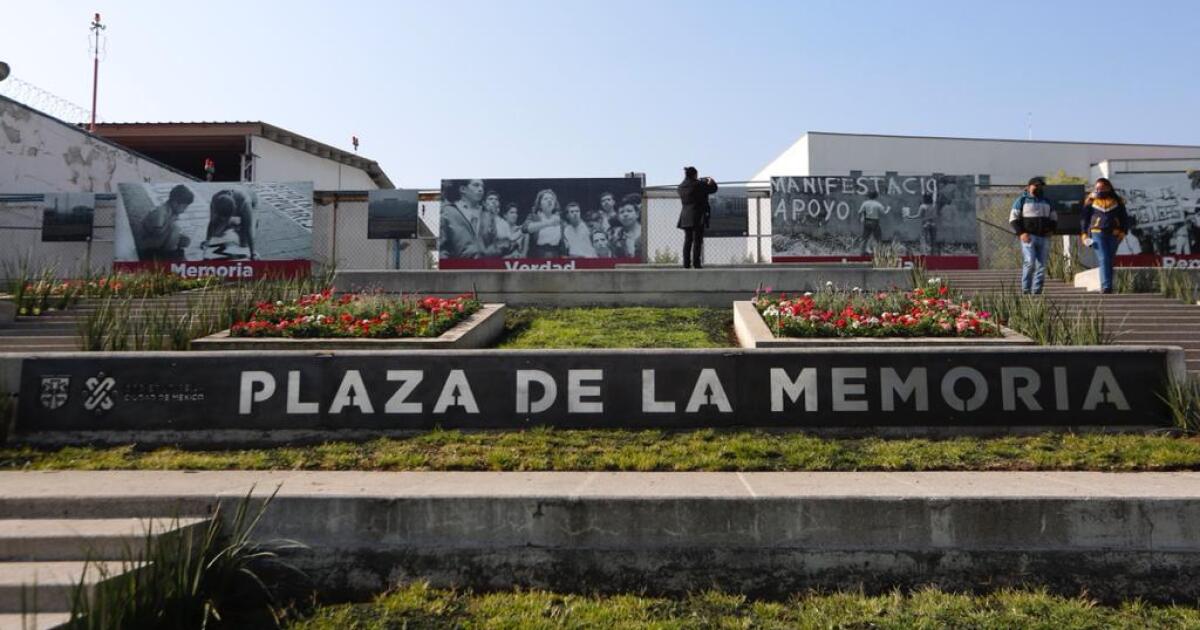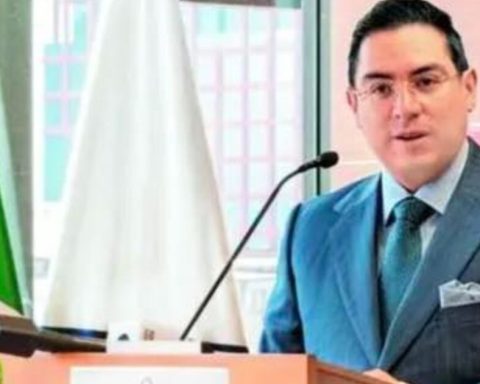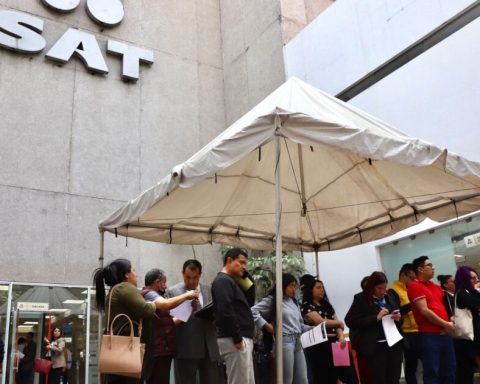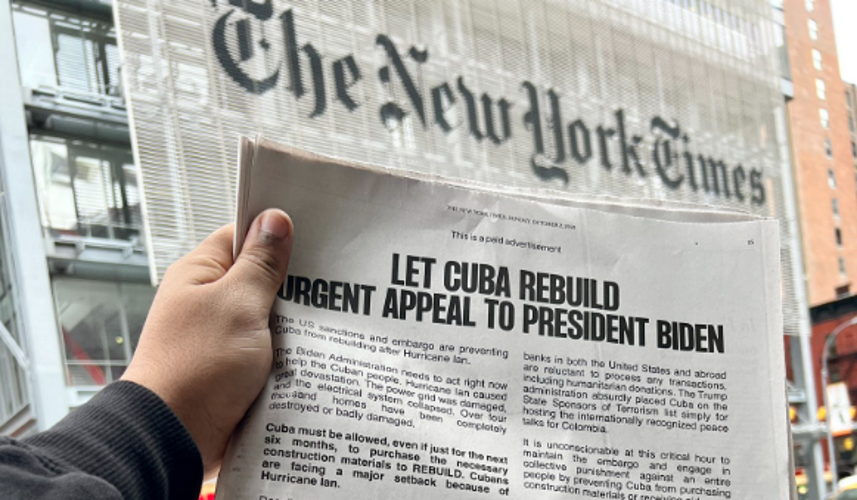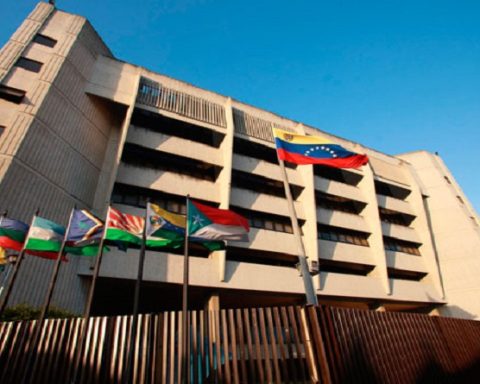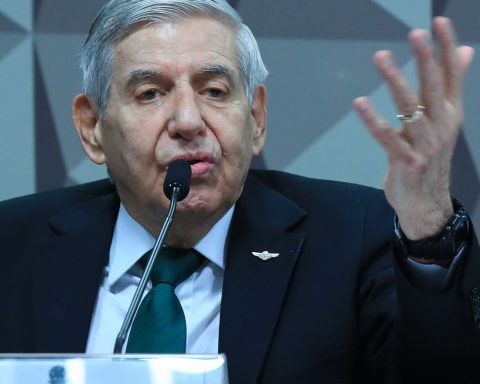This space housed the divisions of the former General Directorate of Police and Traffic of the extinct Department of the Federal District, where social and political leaders, activists and students who opposed the regime of the time were taken.
“Today, this Plaza de la Memoria is opened to society, a place where atrocious events took place during the 1960s and 1970s, a site destined fundamentally for arbitrary detention, torture, and forced disappearance. ”, said Alejandro Encinas, Undersecretary for Human Rights of the Mexican government.
Guaranteeing that human rights violations by the State are never committed again is the best tribute to the victims of October 2, 1968.
Today with “Tlaxcoaque, Site of Memory” we pay tribute to those who have fought against the oppressive regime. pic.twitter.com/7jMrPVwZ9d
— Dr. Claudia Sheinbaum (@Claudiashein)
October 2, 2022
Consuelo Solís Morales, a member of the National Revolutionary Civic Association and widow of Genaro Vázquez Rojas, recalled the time she spent in detention in Tlaxcoaque.
“This place in particular brings back harsh memories of the repression, to those of us who disagree with the way of governing of the PRI governments: kidnapping, disappearance, physical and psychological torture, intimidation through persecution, everything this is organized from government structures, which represents a state crime,” he said.
